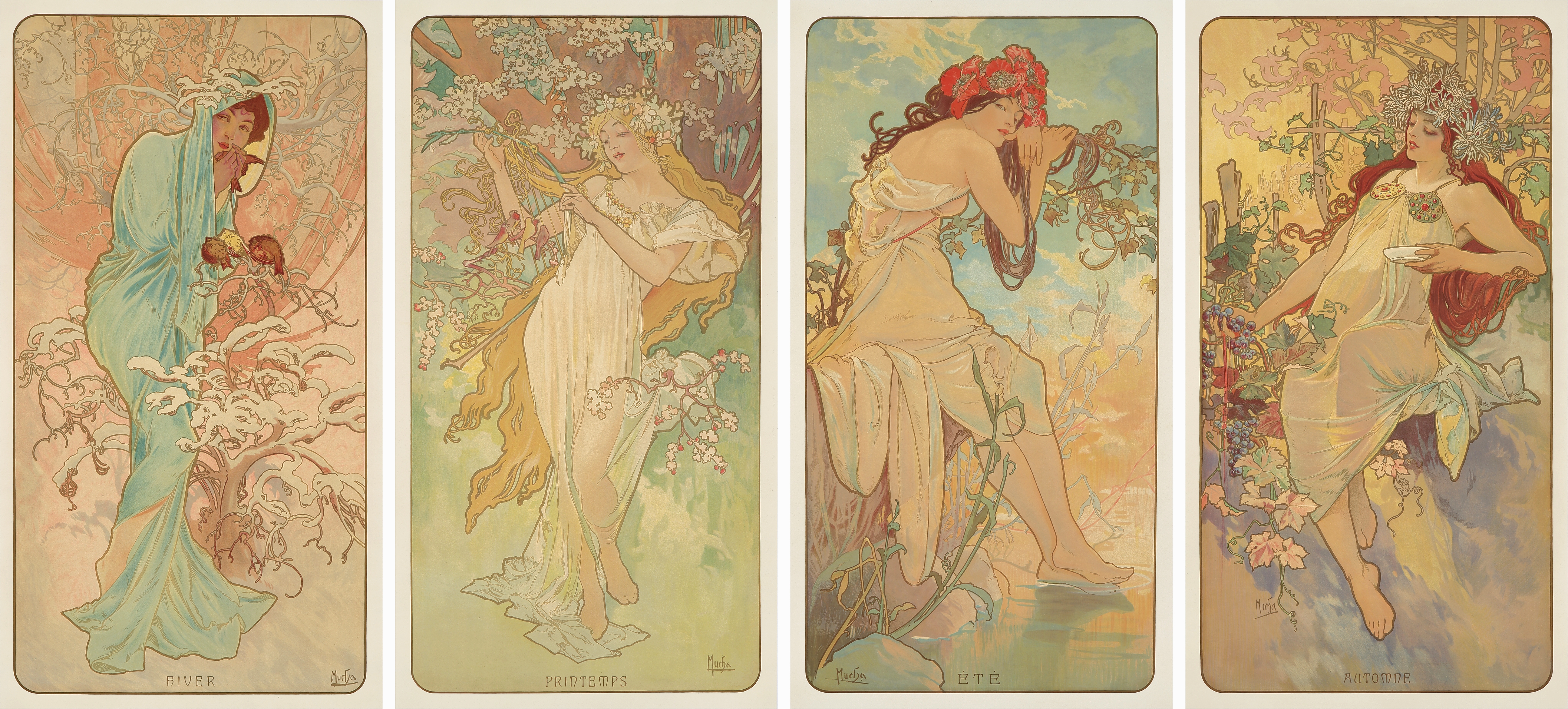
Henri de Toulouse-Lautrec’s (1864-1901) tour de force work Eldorado/Aristide Bruant, 1894, sold for $78,000 and was the top lot in the sale.
Review by W.A. Demers, Photos Courtesy Poster Auctions International
NEW YORK CITY — The term “El Dorado” comes from Spanish tradition, a way to describe a mythical city or country of fabulous riches by Sixteenth Century explorers in South America. The 81st auction from Poster Auctions International (PAI) on July 21 presented much two-dimensional “gold” in 500 rare and iconic works, some never-before-seen designs, along with 43 Spanish Art Nouveau posters, 16 hand painted posters from North Vietnam and works from Cappiello, Chéret, Loupot, Mucha, Toulouse-Lautrec and other renowned artists. The $1.2 million sale was, according to the firm’s president Jack Rennert, a much-needed respite from coronavirus concerns.
“This auction was anything but typical: we’re in the midst of a global pandemic, and this was also our first auction in 35 years to not feature our traditional and highly regarded printed catalog,” said Rennert. “Despite this, we received a strong showing of support, which both surprised us and gratified us. We were also pleased with the ongoing response to Art Nouveau works, which have proven to captivate both new and seasoned collectors. Record prices were set for works by Henri de Toulouse-Lautrec and Alphonse Mucha. And works by Leonetto Cappiello continue to impress; his 1928 “Porto Pitters,” estimated at $8/10,000, was won for $21,600. This auction proved that the passion for posters continues, even at this time of uncertainty.”
The Belle Epoque continued to enthrall with Henri de Toulouse-Lautrec (1864-1901), who, just as French artist Edgar Degas found a way to mine the milieu of ballet to make a living, chronicled the gritty and enticing nightlife of Paris. His tour de force work Eldorado/Aristide Bruant, 1894, sold for $78,000, and a year’s previous version brought $43,200.
In this case, Eldorado was a cabaret located on the Boulevard de Strasbourg, a major thoroughfare in Paris, located in the 10th arrondissement, Despite the fairly discouraging reactions to his first artistic attempt at publicizing Aristide Bruant, Lautrec also designed this poster, at Bruant’s request, for his appearances at the Eldorado.
Lautrec used new stones for the drawing, with the same dimensions and the same color arrangement as the design for his Ambassadeurs poster two years prior, but reversed. Just as the red scarf and the wide-brimmed hat were Bruant’s trademark, so, too, this poster epitomized Montmartre and its cabaret in the heyday.
Following in this poster’s slip-stream was Lautrec’s 1896 La Chaîne Simpson, available for the first time in nine years. Fetching $72,000, the poster depicts the exploits of the champion cyclist Constant Huret, shown in the foreground; in the background are Tristan Bernard, the sports impresario who was a close friend of Lautrec’s, with Louis Bougle, the French agent who adopted the name “Spoke.”
Another tour de force work by Lautrec, the 1893 Caudieux, sold for $48,000. Here we see the well-loved cabaret personality in Montmartre, Monsieur Caudieux, “a large, floppy ball of a man,” shown with coattails billowing behind him as he exits stage right from his performance, his lips pursed in self-satisfaction.
More Belle Epoque extravagance was displayed by Lautrec’s Divan Japonais, 1893, which was bid to $33,600. Pictured at the Divan Japonais café concert, Jane Avril appears to be almost smiling, as if the whole thing were an inside joke. Jane is accompanied — or, more likely, being accosted — by noted critic Edouard Dujardin, no doubt with amorous intentions, but Avril’s faintly bemused expression indicates that she is used to this, and will be able to handle him without any trouble.
Lautrec’s march across the top tier of this auction was interrupted by prince of Art Nouveau, Alphonse Mucha (1860-1939), whose 1899 Moët & Chandon was among 25 of his greatest works that were on offer. Finishing at $31,000, this design for the firm of Moët & Chandon was used to advertise its White Champagne and Dry Impérial, tempting would-be customers with a seductive being offering choice grapes in a lovely outdoor setting, with flowers at her feet and vine tendrils and leaves all about her head, while Dry Impérial is evoked by a serene repose of a classically beautiful face, gently flowing garment and delicate hues. Much more Mucha included his The Seasons, 1896, which took $43,200, and The Seasons, 1900, which changed hands at $45,600.
In addition to the Art Deco era’s playful 1928 Porto Pitters by Lionetto Cappiello, there was Charles Loupot’s (1892-1962) maquette for St Raphaël, a brand of bitters, here promoted by the streamlined incarnation of two waiters who would become the company trademark. The 1947 work was an after-auction sale, bringing $43,200.
From the run of Spanish Art Nouveau posters, two works by Alejandro de Riquer (1856-1920) were notable Ayuniamiento de Barcelona, 1896, finished at $9,600, more than twice its high estimate, and Four Seasons, 1900, also exceeded expectations, realizing $12,000.
Prices given include the buyer’s premium as stated by the auction house. For more information, www.posterauctions.com or 212-787-4000.




















